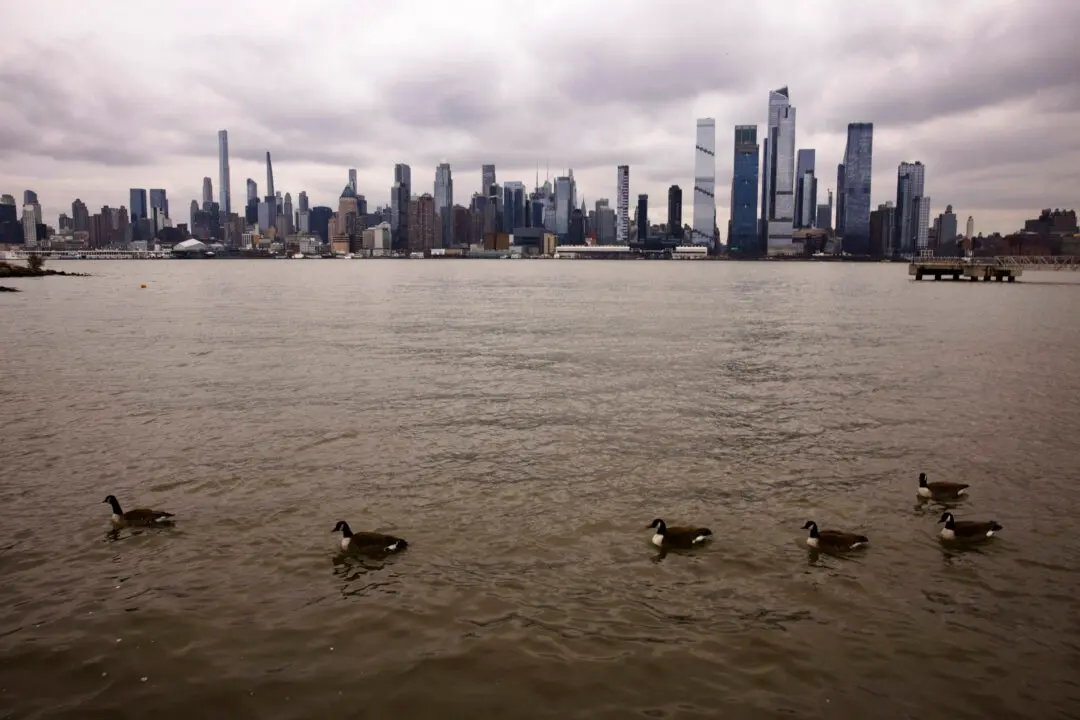Florida Gov. Rick Scott has declared a state of emergency over the red tide algae—a smelly, toxic killer of wildlife—that has been plaguing the state’s shoreline for weeks.
Charlotte, Collier, Hillsborough, Lee, Manatee, Pinellas, and Sarasota counties are now under a state of emergency due to the toxic algae bloom. His office added in a statement that “red tide is a naturally occurring algae that has been documented along Florida’s Gulf Coast since the 1840s and occurs nearly every year.”




